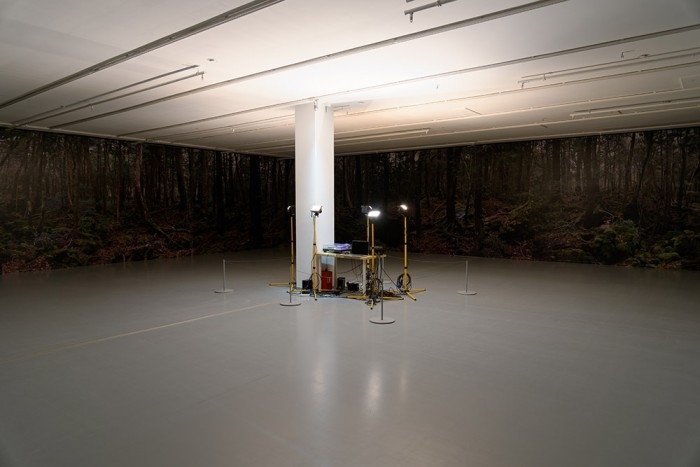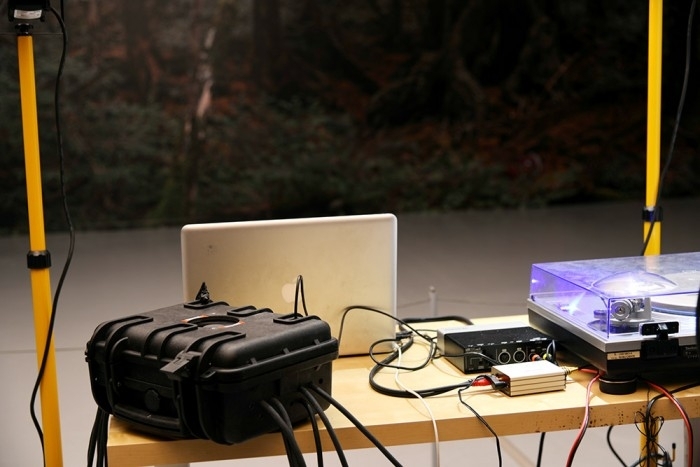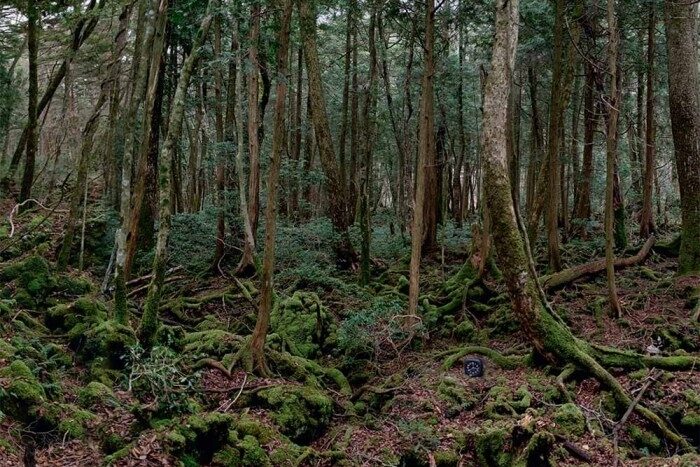In 1959, Seicho Matsumoto’s novel The Tower of the Waves emerged quietly within the pages of a Japanese women’s magazine. At its core: an impossible love—Inspector Onogi and Yoriko, bound by affection, separated by inevitability. When Yoriko vanishes into the deep silence of Aokigahara, a forest at the foot of Mount Fuji, fiction ruptures reality. The story gave the forest a new mythology—not just as a place of disappearance, but as a site where erasure becomes an act of will.
Aokigahara functions like Lethe, the mythic river of forgetfulness. It is not merely a physical space but a metaphysical boundary—a passage between presence and absence, weight and immateriality, between earthly despair and imagined afterlife. Here, silence is sacred. To disappear in Aokigahara is to choose a radical form of anonymity, a quiet removal from memory itself.
Yet the forest resists. It pulses with vegetal resilience, its roots entangled in volcanic soil, its breath heavy with moss and shadow. Life pushes back—slowly, insistently. In this dense tangle of organic matter and human myth, the boundaries between forgetting and remembering dissolve. Aokigahara becomes an archive of the lost, a living memorial fed by its own contradictions.
To walk there is to confront the porousness of being. The ground opens up in sudden voids—mouths of earth, volcanic cavities, dark caves that beckon with both dread and tenderness. These are not just geographical phenomena; they are psychological thresholds, symbolic entrances to an interior landscape that resists clear meaning.
Aokigahara is not a place to be understood. It is a place to be felt. It is not merely a forest. It is a system of echoes—where disappearance leaves a trace, where silence is never empty, and where loss feeds the living soil.



